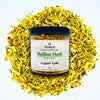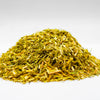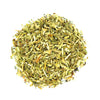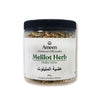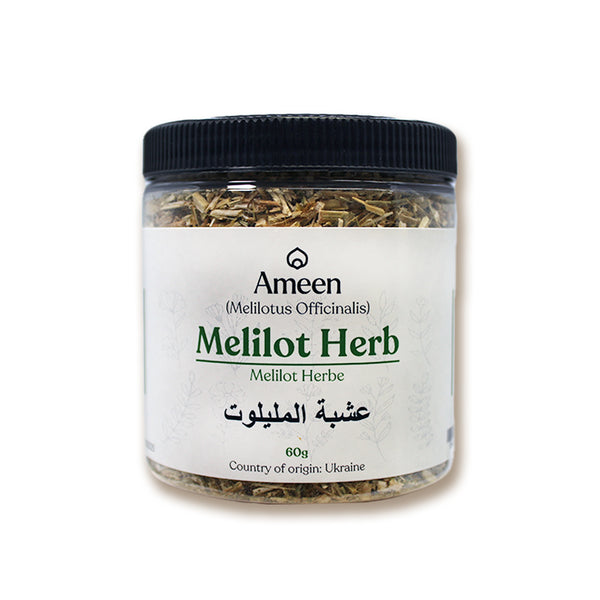Melilot, commonly known as Sweet Clover, is a graceful herb celebrated for its delicate aroma and subtly sweet flavor reminiscent of vanilla and fresh hay. Native to Europe and Asia, this tall, sun-loving plant has flourished for centuries in traditional kitchens, wellness practices, and artisanal food production.
A Culinary Gem: Floral, Sweet, and Aromatic
The leaves and flowers of Melilot offer a nuanced flavor with soft vanilla-like notes and a touch of bitterness. Dried and used in small amounts, it’s a beloved addition to:
• Cheesemaking – Traditionally infused into milk or curds to enrich the aroma and taste of European cheeses such as Brie and Camembert.
• Baked Goods & Desserts – Adds a floral-sweet accent to cakes, pastries, and regional treats.
• Fermented Foods – Enhances the complexity of pickled and preserved recipes.
• Herbal Teas – Steeped into gentle, aromatic infusions that soothe and refresh.
Its refined sweetness makes Melilot an ideal botanical for both sweet and savory dishes, offering a delicate twist for adventurous cooks and herbal enthusiasts alike.
Traditional Uses and Everyday Rituals
Beyond the kitchen, Melilot holds a respected place in folk traditions and everyday self-care:
• Herbal Baths – Infused into warm water for a calming, aromatic soak.
• Aromatic Blends – Used in sachets and potpourri to bring a light, fresh scent to linens and living spaces.
• Wellness Teas – Often brewed with other botanicals as part of traditional herbal routines.
With its signature fragrance and versatility, Melilot bridges nature and tradition—perfect for enhancing recipes, rituals, and routines.
Botanical and Cultural Identity
-
Botanical Name: Melilotus officinalis
-
Common Names: Sweet Clover, Yellow Melilot, Field Melilot, Tall Melilot, Mélilot Officinal, Luzerne Bâtarde, Hart’s Tree, Wild Laburnum, Couronne Royale, Hay Flower
-
Global Names:
-
French: Mélilot Jaune, Petit-Trèfle Jaune
-
Spanish: Trébol de Olor
-
German: Steinklee
-
Persian: یونجه زرد (Yoonje Zard)
-
Arabic: نفل عطري (Nafl ‘Itrī)
-

